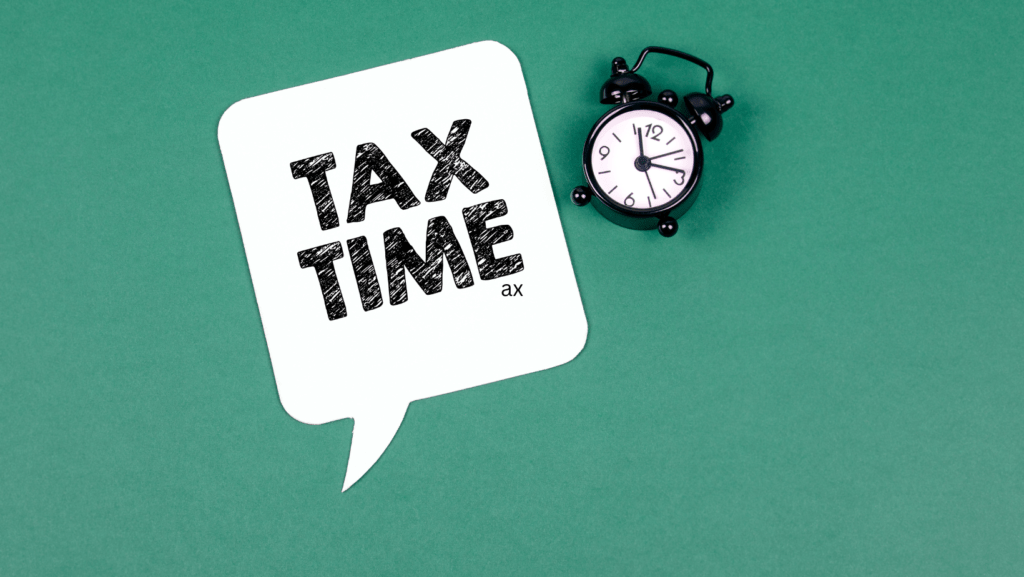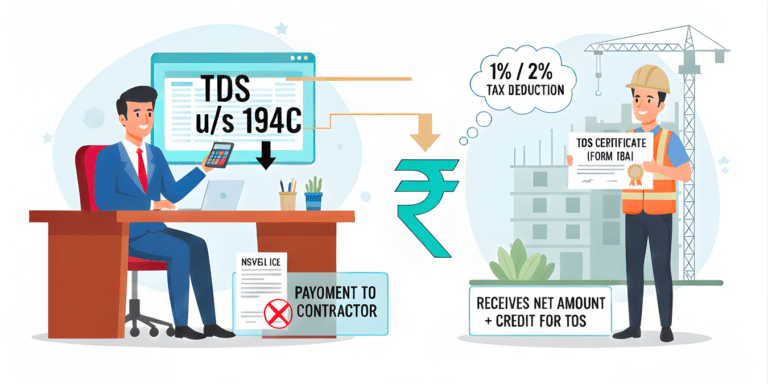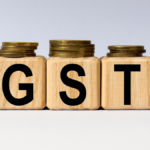
Used car in India? Brace for shocking GST rules that could cost you thousands! From a uniform 18% rate to sneaky margin schemes, the used vehicle tax landscape is full of surprises. With the market booming to USD 73.52 billion by 2030, don’t get caught off guard. Are you exempt, or facing a tax trap?
You have polished your trusty old sedan, posted ads on OLX, and found a buyer ready to pay a fair price. Just as you’re about to shake hands, a nagging thought creeps in—what about taxes? Rumours of GST on used cars swirl, but the rules feel like a maze, almost deceptive. What if one wrong move could cost you thousands? Buckle up as we dive into the suspenseful world of GST on second-hand vehicles in India, uncovering 2025’s shocking twists, backed by the latest data, and arming you with insider tips to navigate this tax jungle like a pro. Whether you’re selling your first car or run a dealership, these GST rules for used cars in India will redefine what you thought you knew.
India’s used car market is exploding, projected to hit USD 73.52 billion by 2030. But the real shocker? GST can sneak up in ways you’d never expect. Is GST even applicable to your personal sale? How much could it dent your wallet? Let’s unravel the drama, step by step, with fresh stats and real-world examples that’ll make you rethink your next vehicle deal.
The Explosive Growth of India’s Used Car Market: Setting the Stage for GST Drama
Before diving into GST mysteries, let’s set the scene. India’s used car market is on fire, outpacing new car sales with a vengeance. In 2024, it was valued at USD 36.00 billion, forecasted to soar to USD 73.52 billion by 2030, growing at a CAGR of 12.9%—over twice as fast as new cars! FY25 expects over 6 million used car sales, fuelled by budget-conscious buyers, platforms like Cars24, and post-pandemic economic shifts. Maharashtra dominates with over 10% of sales (FY23), followed by Uttar Pradesh and Delhi.
Here’s the suspense: Amid this boom, GST rules are evolving fast, catching sellers off guard. While new car sales dipped 6.3% year-over-year in June 2025, used cars held strong, driven by affordability. A used SUV at half the price of a new one is tempting—until GST crashes the party. Curious? Let’s peel back the layers of how these rules differ from new vehicle taxes.
GST Basics: Why Used Vehicles Play by Different Rules
Since 2017, Goods and Services Tax (GST) unified India’s tax system. New cars face a hefty 28% base GST plus cess (up to 22% for luxury models), making SUVs pricier than ever. But used vehicles? That’s where the plot thickens. Unlike new cars taxed on full value, used ones fall under the “margin scheme”—a blessing and a curse.
Here’s the shocker: GST on used cars applies only to the “margin,” not the entire selling price. For registered dealers, this margin is the difference between the selling price and either the purchase price or depreciated value (if depreciation was claimed under income tax). If the margin is negative? Zero GST! This gem, tucked in Rule 32(5) of CGST Rules 2017, is a game-changer but often misread, leading to costly mistakes.
Hold your breath: If you’re an individual selling to another individual, there’s no GST at all! Your personal sale of that old hatchback escapes the tax net entirely—a relief in a market where 70% of transactions are peer-to-peer. But sell to a dealer or via a platform? Boom—GST hits at 18% on the margin. How did we land on this 18% rate, and what’s new in 2025?
The 2025 GST Update: Uniform 18% Rate—A Hike or Simplification?
Flashback to late 2024: The 55th GST Council meeting dropped a bombshell, unifying GST on all used vehicles—including EVs—at 18% on the margin, effective April 2025. Previously, rates varied: 12% for small cars, 18% for larger ones, and even 28% in some cases. This shift simplifies compliance but spikes costs for some. Petrol cars over 1200cc or diesel over 1500cc now jump from 12-18% to a flat 18%. EVs, once at 12%, also face 18%, potentially slowing India’s green mobility push.
Surprise twist: This isn’t a “new tax” as some claimed—it’s a unification. Yet, it sparked outrage in the $32 billion used car industry, with platforms like Spinny warning of 5% price hikes. With auto retail growing 4.84% YoY in June 2025, this rate impacts millions. Refurbished cars follow the same rules, and businesses can’t claim input tax credit (ITC) on used car purchases, adding complexity. Let’s heighten the drama with examples.
Calculating GST on Used Vehicles: Real-World Examples That Will Shock You
Picture this: You’re a dealer who bought a used SUV for ₹10 lakh and sell it for ₹12 lakh. Margin: ₹2 lakh. At 18%, GST owed: ₹36,000. Straightforward? Not quite. If you claimed depreciation and the book value is ₹8 lakh, the margin becomes ₹4 lakh—GST skyrockets to ₹72,000! A costly oversight.
For individuals: Sell your ₹5 lakh car to a friend? Zero GST. Sell to a dealer? They pay 18% on their resale margin, impacting your negotiation leverage. Another twist: Negative margin. Buy for ₹15 lakh, sell for ₹14 lakh? No GST—a hidden perk for loss-making deals. With used car volumes growing 8-10% to over 6 million in 2025, these calculations could save or cost dealers lakhs.
Table: GST Rate Comparison – New vs. Used Vehicles (2025)
| Vehicle Type | New Car GST (Base + Cess) | Used Car GST (On Margin) |
| Small Petrol (<1200cc) | 28% + 1% | 18% |
| Large Diesel (>1500cc) | 28% + 20% | 18% |
| EVs | 5% | 18% |
| SUVs | 28% + 22% | 18% |
This disparity boosts the secondary market, but the 18% EV rate stirs controversy.
Surprising Impacts: How GST Rules Are Reshaping the Used Car Ecosystem
The suspense doesn’t end with rates. Dealers face higher compliance costs, pushing buyer prices up 2-3%. In a market where organized players like Cars24 hold 20% share, this could empower unorganized sellers dodging taxes. India’s auto exports hit 5.3 million in FY25, but used cars thrive domestically, with digital platforms fueling a 15.5% CAGR through 2032. Shocking stat: 99% of some businesses’ margins are negative, meaning zero tax in practice!
Regional twist: Maharashtra’s dominance ties to urban demand, but GST uniformity levels the playing field nationwide. Platforms like OLX and Spinny face scrutiny, with e-invoicing now mandatory for dealers with turnover above ₹5 crore, adding compliance layers.
Tips for Navigating GST When Selling Your Used Vehicle
Avoid tax traps with these insider tips:
- Check Registration Status: Individuals selling peer-to-peer face no GST. Dealers must calculate margins meticulously.
- Leverage the Margin Scheme: Document purchase prices to maximize benefits.
- Choose Platforms Wisely: OLX may avoid GST for individual sales; dealer apps trigger it.
- Stay Updated: Monitor the GST portal for changes.
- Consult Experts: Tax advisors can unlock hidden savings.
With the market eyeing USD 90.2 billion by 2032, knowledge is your edge.
The Global Angle: How US Tariffs Add Suspense
A geopolitical twist: In August 2025, the US imposed a 25% tariff on Indian auto components, hiking total tariffs to 50%. This pressures India’s $87 billion US export market, including used car parts, potentially raising domestic prices. Exemptions for pharmaceuticals and electronics offer relief, but auto dealers face new cost pressures, indirectly affecting used car margins.
The Final Reveal—Empower Yourself Against GST Surprises
We’ve navigated the twists of GST on used vehicles—from individual exemptions to the 18% margin bombshell, backed by 2025’s booming market data. With over 6 million sales, the used car sector isn’t just growing—it’s a revolution. Don’t let GST catch you off guard. Whether searching “GST rules for selling second-hand cars India” or planning your next sale, stay sharp. The biggest surprise? The savings you unlock with the right knowledge. Curious for more? Dive into the GST portal or consult a tax pro to master this game.
































